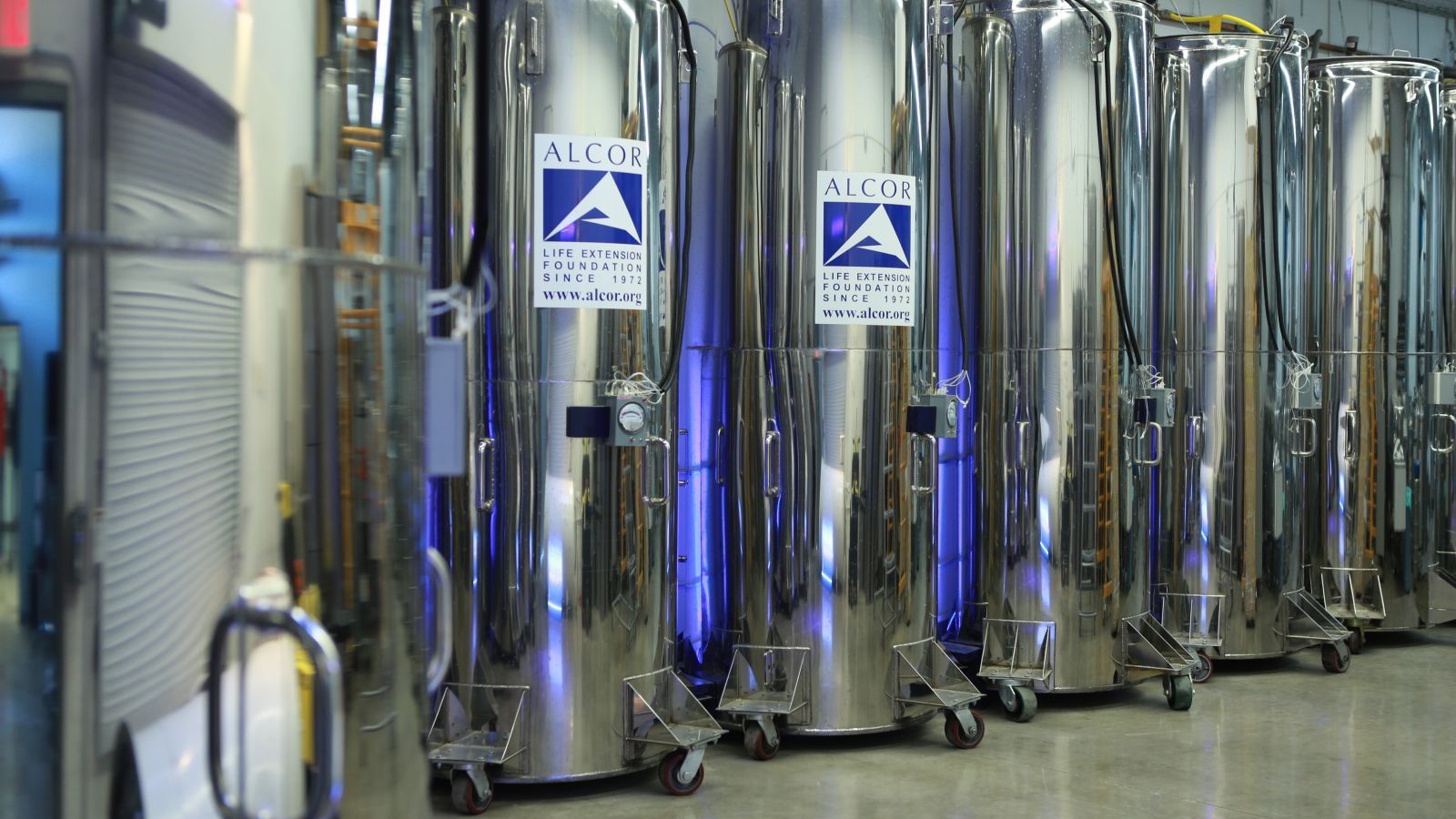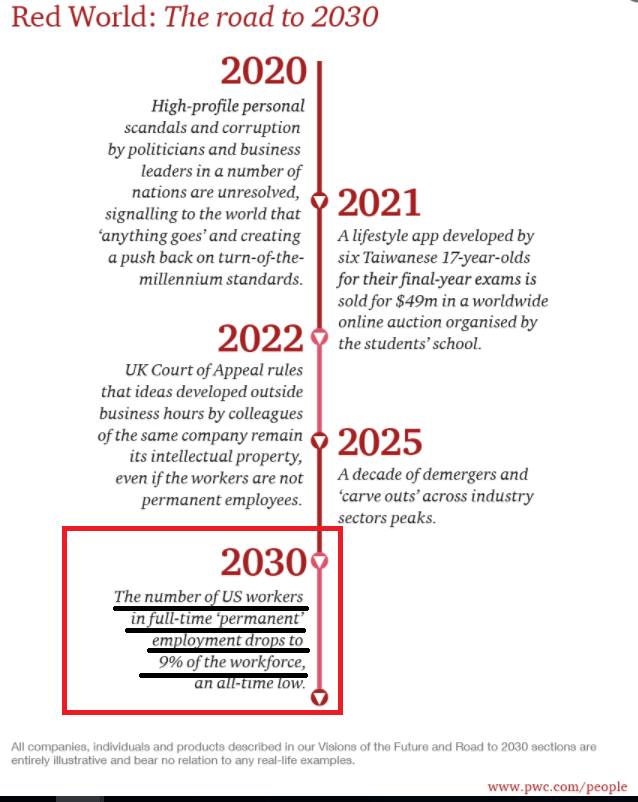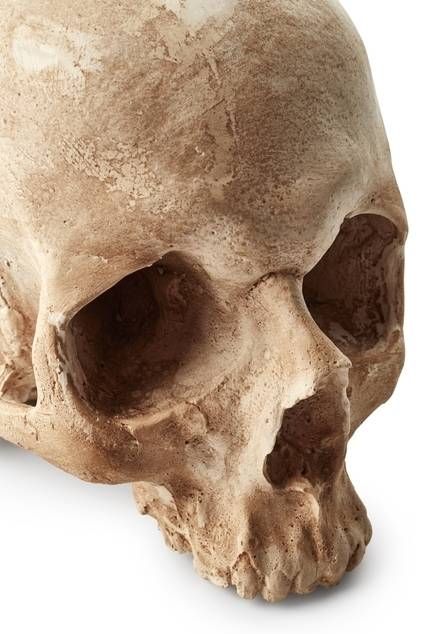(Part of the look back at the best of 2017)
Summary: Doctors lengthen telomeres with RNA therapy to reverse aging in human cells, according to a new research report. Telomere attrition is one of the nine hallmarks of aging. [Author: Brady Hartman] This article first appeared on LongevityFacts.]
Dr. John Cooke is department chair of cardiovascular sciences at Houston Methodist Research Institute and is the lead author of a recent paper published in the Journal of the American College of Cardiology. Dr. Cooke’s team used RNA therapy to lengthen the telomeres of patients’ cells, making them younger in the process. In a video statement accompanying the report, the lead author remarked:
“We can make aged cells younger.”









